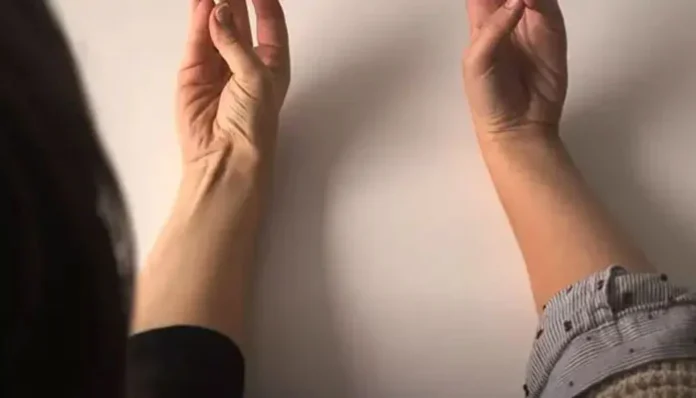Although it may be difficult to imagine, our body is nothing less than a museum, filled with ancient structures whose original function is unknown. Many additional things, including the appendix and wisdom teeth, have functions that scientists do not fully comprehend. One of these items is concealed in our hands; rather, it should be mentioned that most people can still see it on their wrists, but many people are missing it. In actuality, 15% of the population of the world does not possess this particular muscle in their wrist.
Place the hand on a table and touch the thumb with the little finger to determine whether this muscle is present in the hands. Will you detect a little elevated muscle or line in the middle of the wrist when you do this? If so, you are one of the 85% of people worldwide who still have the Palmis Longus muscle in their hands. However, this muscle is absent from birth in one or both hands in 15% of persons. However, this muscle does not appear to have a specific function because neither wrist flexibility nor grip strength are significantly affected by its presence or absence.
During plastic surgery or any type of body surgery, most surgeons frequently remove this muscle. So why does our body have this muscle? The response is quite intriguing. Researchers have shown that although this muscle is present in the majority of mammals today, it is more prominent in species like langurs and monkeys that are used to rotating their elbows.
The hands of animals who are accustomed to swinging on their hands or, for example, spend more time in trees, have a greater presence of this feature. That is, it serves no functional purpose in humans and was passed down to us from early humans as a part of our physical evolution. This muscle was quite noticeable in ancient times, but as the use of thumbs increased and climbing trees became unnecessary, its thickness steadily decreased until it was reduced to being only a monument.
It therefore makes no difference whether you are holding the file in your hands or not because it is not being used. It’s interesting to note that 15% of people have no muscle at all in either hand, whereas others have it in both hands.
Scientists estimate that the majority of people have 20 muscles between the wrist and the elbow, all of which aid in bending the hands, moving the wrists, and performing other tasks. However, the palmar longus is lacking in 15% of persons, who instead have 19 muscles from the wrist to the elbow. Scientists claim that although this muscle is noticeable when we move our hands to grasp something and contributes somewhat to the flexibility of the wrist, it is no longer necessary for daily tasks.
That is, the movement of the hand and wrist would still be the same even if you did not have this muscle in your hand. You can certainly check to see if you have this file in your possession by following the above-described steps.


